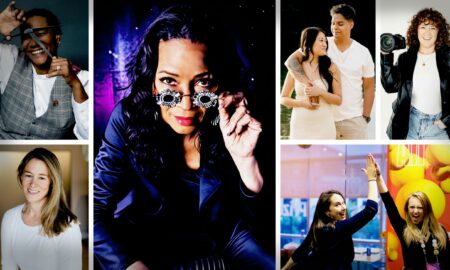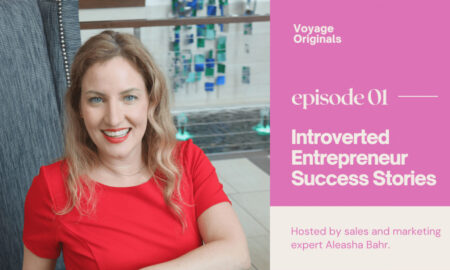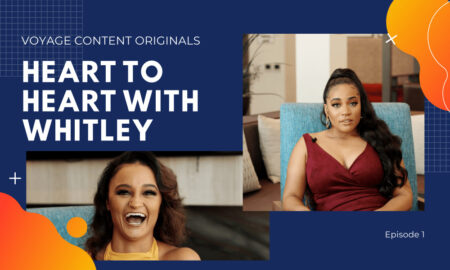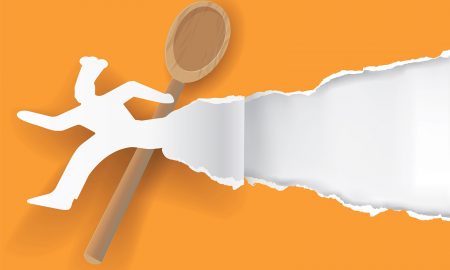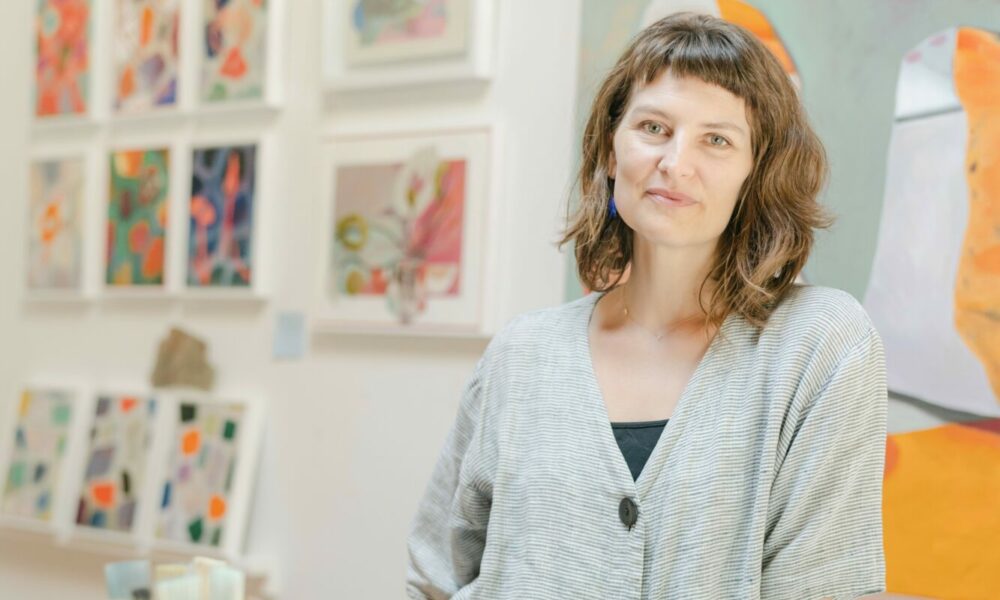

Today we’d like to introduce you to Amy Sacksteder.
Hi Amy, can you start by introducing yourself? We’d love to learn more about how you got to where you are today.
I grew up the artist child of parents in the medical field, and we moved a lot due to my dad’s training. I’m one of two—I have a younger brother, the writer Joe Sacksteder. Our family is from the South, but we eventually landed in the Midwest in Rockford, Illinois, outside of Chicago, when I was nine. I was achievement-oriented in school—wanting to excel in all subjects, but my natural inclination was toward art making, reading, interiors, and being outdoors. I’ve always had a pull toward the land and landscape, probably due to visits to our family land in the North Georgia mountains—which always captivated me, seeping into my dreams and later into my artwork.
Majoring in English—with so much practice writing—laid a firm foundation for a career as an academic, and minoring in Art and French expanded my interests and scope of what was possible post-grad. Study abroad trips to France in high school and college were instrumental at pointing me in the direction of art as a career, as were important mentors in painting in undergraduate school.
After graduating from University of Dayton in 2001, I went straight to grad school at Northern Illinois University for my MFA in painting, which I received in 2004. After grad school, my then-boyfriend (now husband) and I moved to Chicago, where we lived for two years. I taught at regional colleges and universities, interned at a non-profit gallery and residency program, exhibited my work, attended residencies, and applied for full-time teaching positions. I joined the faculty at Eastern Michigan University in Ypsilanti in 2006 and am now a Full Professor there, where I teach in the 2D area–mostly Painting, Drawing, and 2D Design. I’m happily ensconced with my family in Ypsi and love being a part of the greater Detroit (Ypsi, Ann Arbor) art communities. My job has enabled me to attend residencies abroad, show internationally, and curate national and international exhibitions, all while participating in and fostering our amazing faculty and students in the School of Art & Design at EMU.
Would you say it’s been a smooth road, and if not, what are some of the biggest challenges you’ve faced along the way?
The road to where we are now seems like it’s been fairly direct, but it hasn’t always been easy or straightforward. Serious health issues in my early 30s felt like they might derail my life, not to mention my career and plans for growing our family. At age 33, I was diagnosed with Crohn’s disease—which has been extremely challenging. Luckily, in 2013, I was able to undergo a surgery at Cleveland Clinic that caused my most serious symptoms to abate. I was able to heal, which enabled me to have kids, so now our family is complete with two boys who are presently eight and four. I was able to make work, exhibit, and teach throughout even the most serious aspects of my illness due to my supportive spouse and colleagues at EMU. Crohn’s is a lifelong autoimmune disease, but my symptoms are currently manageable, and I feel fortunate to have an excellent healthcare team.
Health issues, pregnancy, and nursing all eventually led me to take an extended break from oil painting from 2017-2019, which was very hard—a bit of an artist’s identity crisis. In the meantime, I worked on silver-leafed cut paperwork and collages—all of which were non-toxic and easy to pick up and put down when my boys were very young. In the summer of 2019, I was really missing oils, and fortuitously listening to an episode of Erika b Hess’ I Like Your Work Podcast, learned about non-toxic oil painting from the interviewee, LA artist Kimberly Brooks. I took a workshop with Kimberly that same summer and subsequently retooled my painting practice, teaching myself how to paint without thinners, varnishes, solvents—anything with airborne toxins. It’s been a long road, and I’m still learning, but finally feel like I’m in a place in my studio practice where I can paint what I want to paint again.
That same year, in Fall 2019, I overhauled my Painting curriculum so my students would also not be exposed to solvents, and I’ve been teaching oil painting that way since. This turn toward safe painting practices in the classroom was timed such that when COVID hit, and we couldn’t return to in-person teaching in the fall, I was able to work with Blick in Dearborn to compile painting kits for the students to work safely with oils work outdoors and, in their kitchens, bedrooms, basements, and dorms.
It helps me, in times of adversity, to try to figure out a way to turn the challenge into an opportunity—for learning, for growth, for community, etc. For example, when I had a surgery on my right index finger in December 2022, I was unable to do anything with my right (dominant) hand for weeks. In that time, in addition to resting, I turned intuitively to making drawings with my left hand. I was then able to display my modest efforts, along with some early ceramic work, in an exhibition of miniature artwork called Off-Hand at Creal Microgallery in Ann Arbor in January 2023 (see my Instagram feed for images).
As you know, we’re big fans of you and your work. For our readers who might not be as familiar, what can you tell them about what you do?
As I mentioned earlier, my work has generally always been steeped in the land and landscape and comes from the perspective of Painting. Specific lines of inquiry–often driven by material and process—usually dictate any given project. I make work across media, commonly in oils, drawing, collage, cut paper, installation, and–most recently—ceramics. The term material abstraction best summarizes my recent work.
I’m interested in conversations that occur among the objects I make—between a collection of collages and ceramic pots and tiles, between silver-leafed cut paper fences and paintings that likewise contain silver leaf—which I allow to slowly continue to tarnish, a nod toward entropy and the passing of time.
Before I had kids, I travelled a lot, and my work involving the landscape often considered vistas, looking outward, or souvenirs that I wouldn’t find in my regular life. Since having kids, the aperture on my own movement and travel has shrunk somewhat—closing even further during COVID. And so, I considered—what is my landscape—what does our (humanity’s) landscape look like right now (during the pandemic)? The path to and from my front door—the threshold into my house with its slate pavers embedded in concrete—became a metaphor for me of my localized existence. I began to use it as a compositional device in collages and then paintings. It was an armature for composition, a vehicle for abstraction, and a very tangible, real-world reference for me, all at once. I similarly use the devices–colors, forms, and structures–of orange construction fences and Styrofoam packing forms (both of which are so prevalent in our environment) in my work.
What unifies my work across media are a general sensibility and affinities—toward particular subjects and conceptual devices—having to do with location, climate change, and the environment—alongside formal elements such as particular shapes, colors, and approaches to materials. For example, a reflected orange glow often provides a sense of atmosphere in much of my work, regardless of medium, the origin of which is the fluorescent orange of construction fences and tree tags. My work is neither prescriptive nor descriptive, rather, it resides within questions—in processes of investigation and material engagement in the studio. The work is further realized when exhibited, creating those conversations I mentioned, where various pieces echo one to another and back again.
We’d be interested to hear your thoughts on luck and what role, if any, you feel it’s played for you.
I’m sure much of my current position in the world can be attributed to luck—but I’m also sure that much of it can be attributed in at least equal parts to privilege—I grew up white and middle-class with a great education. Hard work and ambition were also part of the equation—my own, my spouse’s, and our parents combined. My mom was raised on a working farm without running water, electricity, or phones near the start of the Appalachian Trail in the North Georgia mountains. She was the youngest of six and the only girl. My mom, uncles, and grandparents lived with my great-grandparents in a three-room house and worked the farm. My mom eventually went to college for nursing, where she met my dad—the oldest of seven children in an Irish Catholic family in Louisville, Kentucky. He eventually went to med school and became a surgeon. The life they provided for my brother and I was very different than what they grew up with; I think it’s interesting that we both chose creative fields, and we’re also both academics. We’re very fortunate that our folks supported our artistic endeavors. One reason I love working with students is to pay that support forward as much as possible. I believe any luck and good fortune we have in this life is for sharing, for amplifying toward the greater good.
Contact Info:
- Website: amysacksteder.com
- Instagram: https://www.instagram.com/amysacksteder_studio/
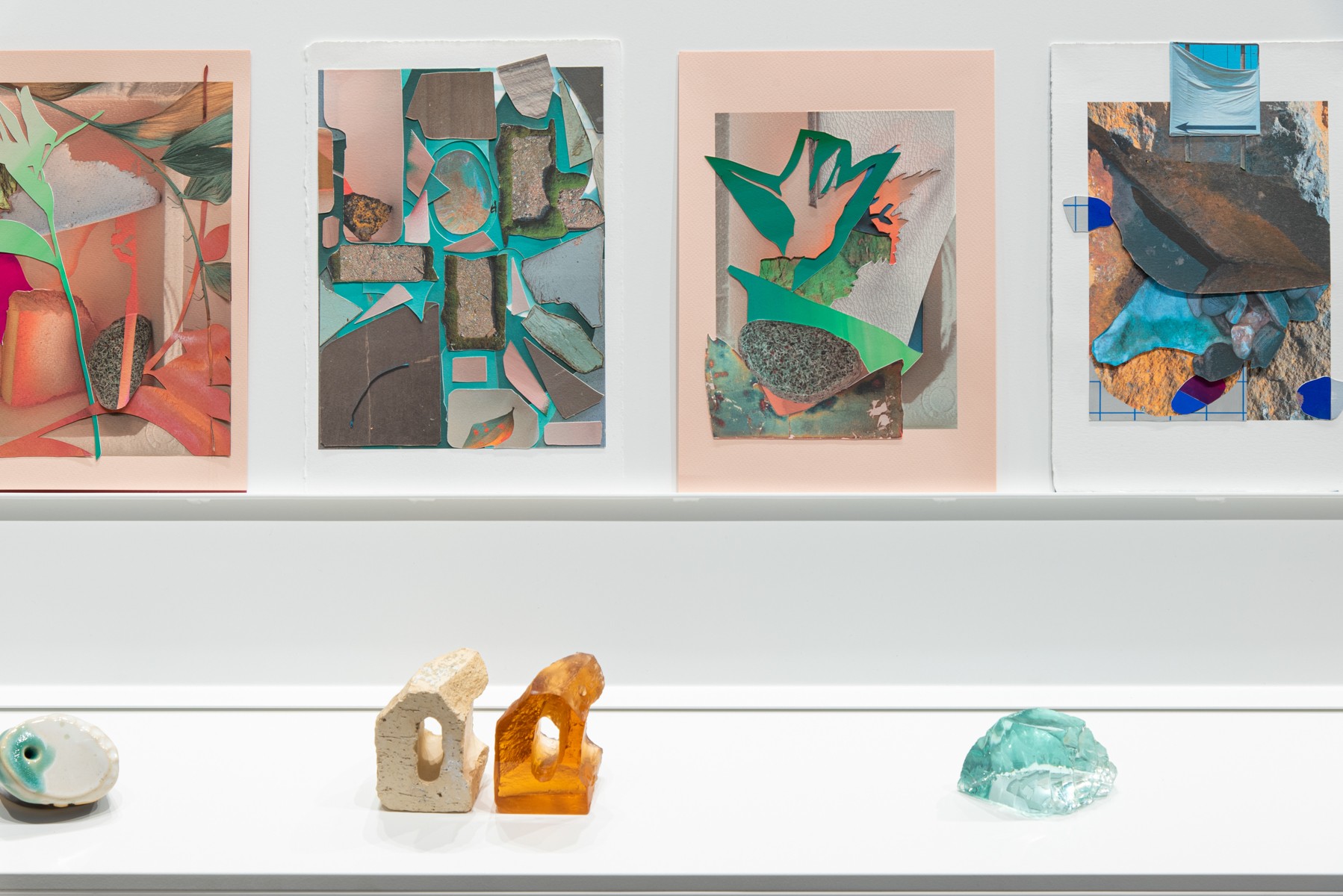
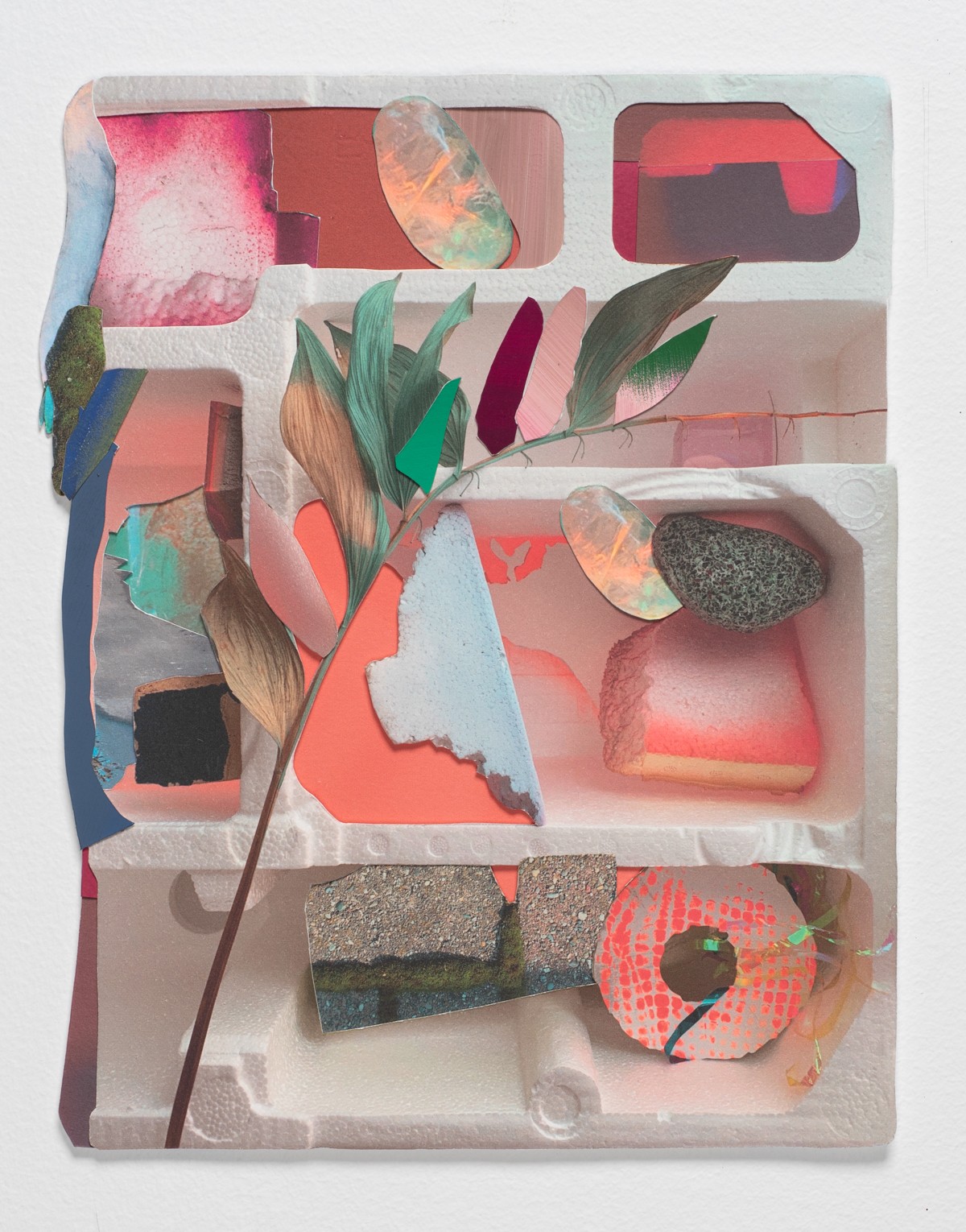
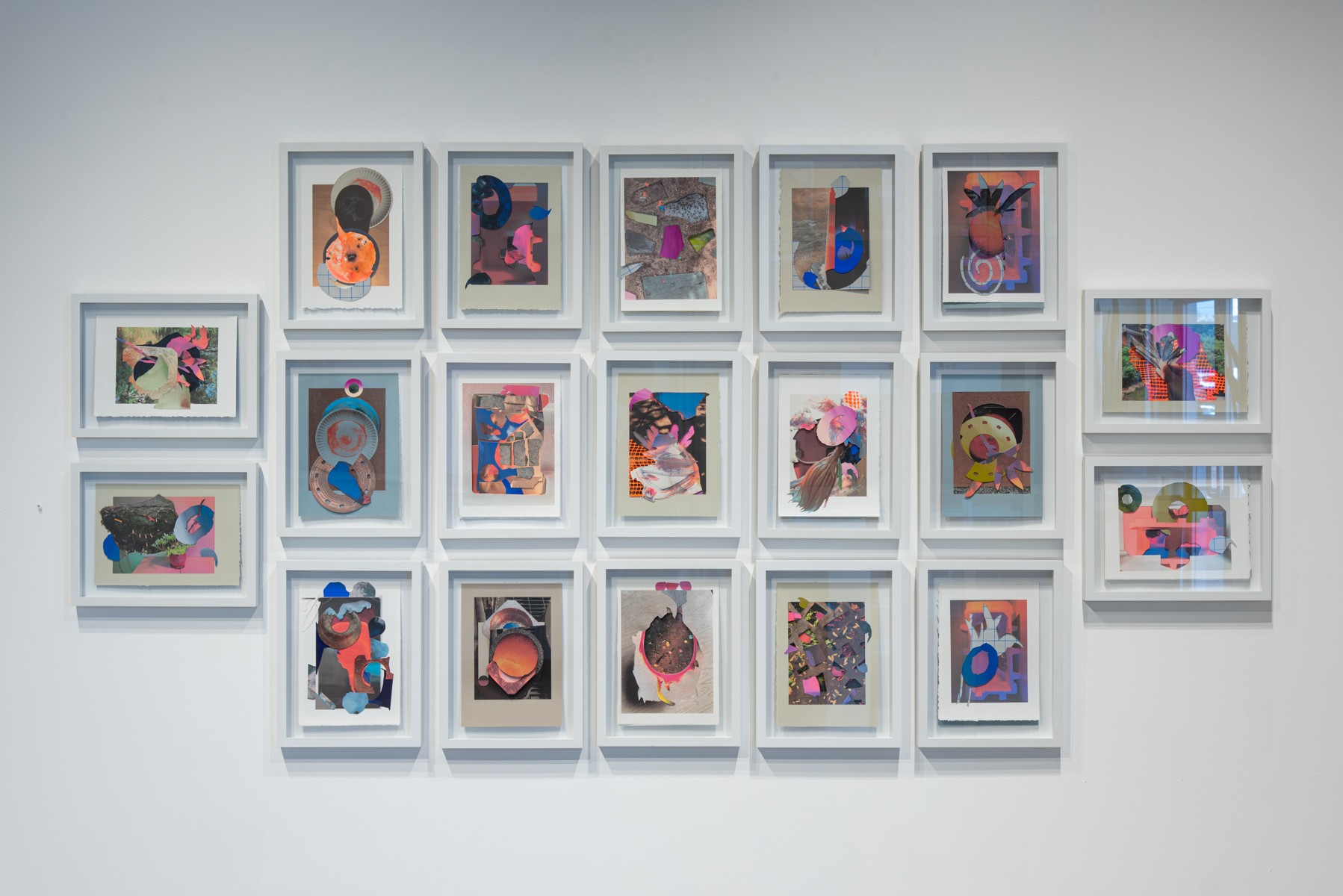
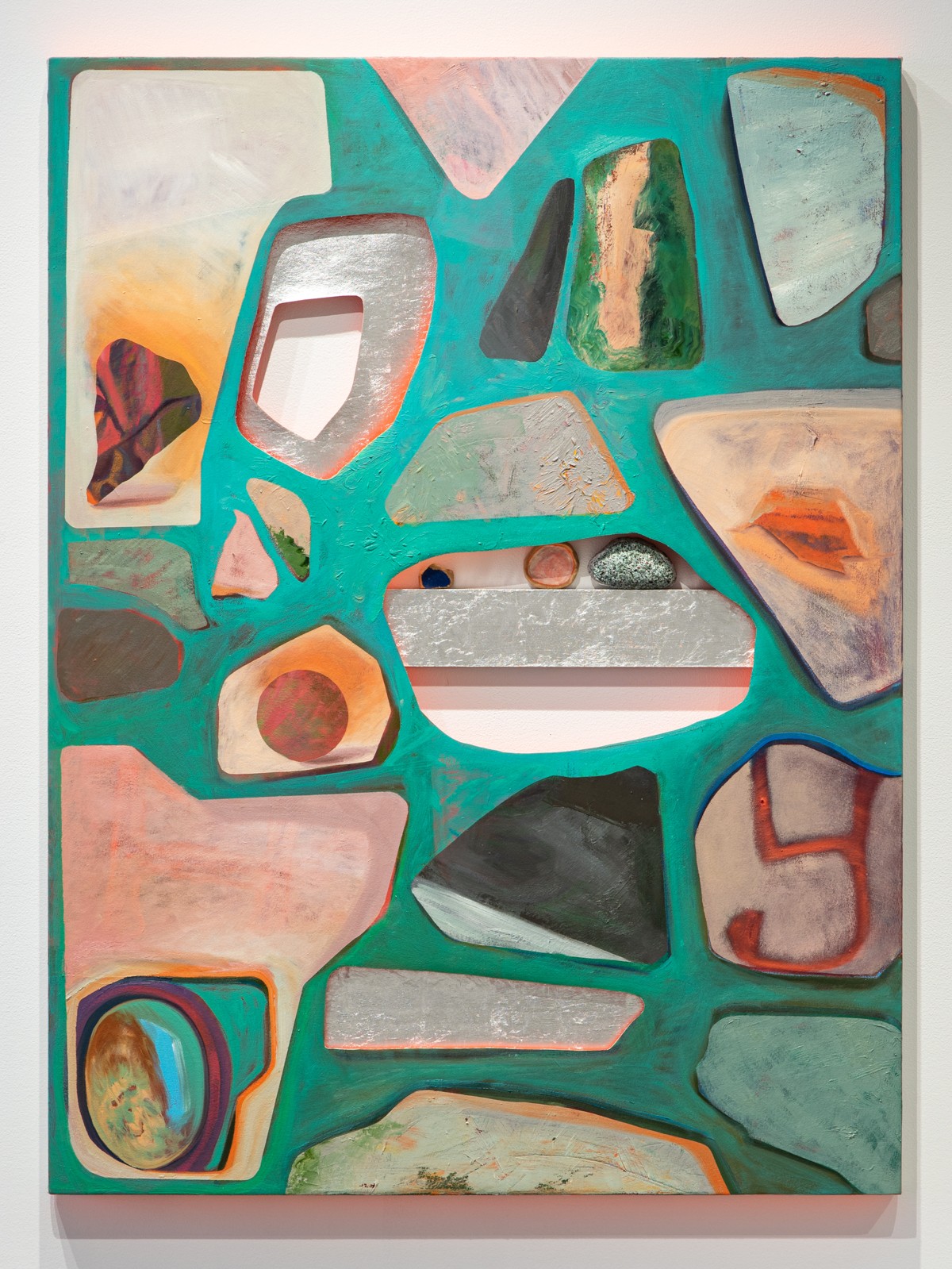
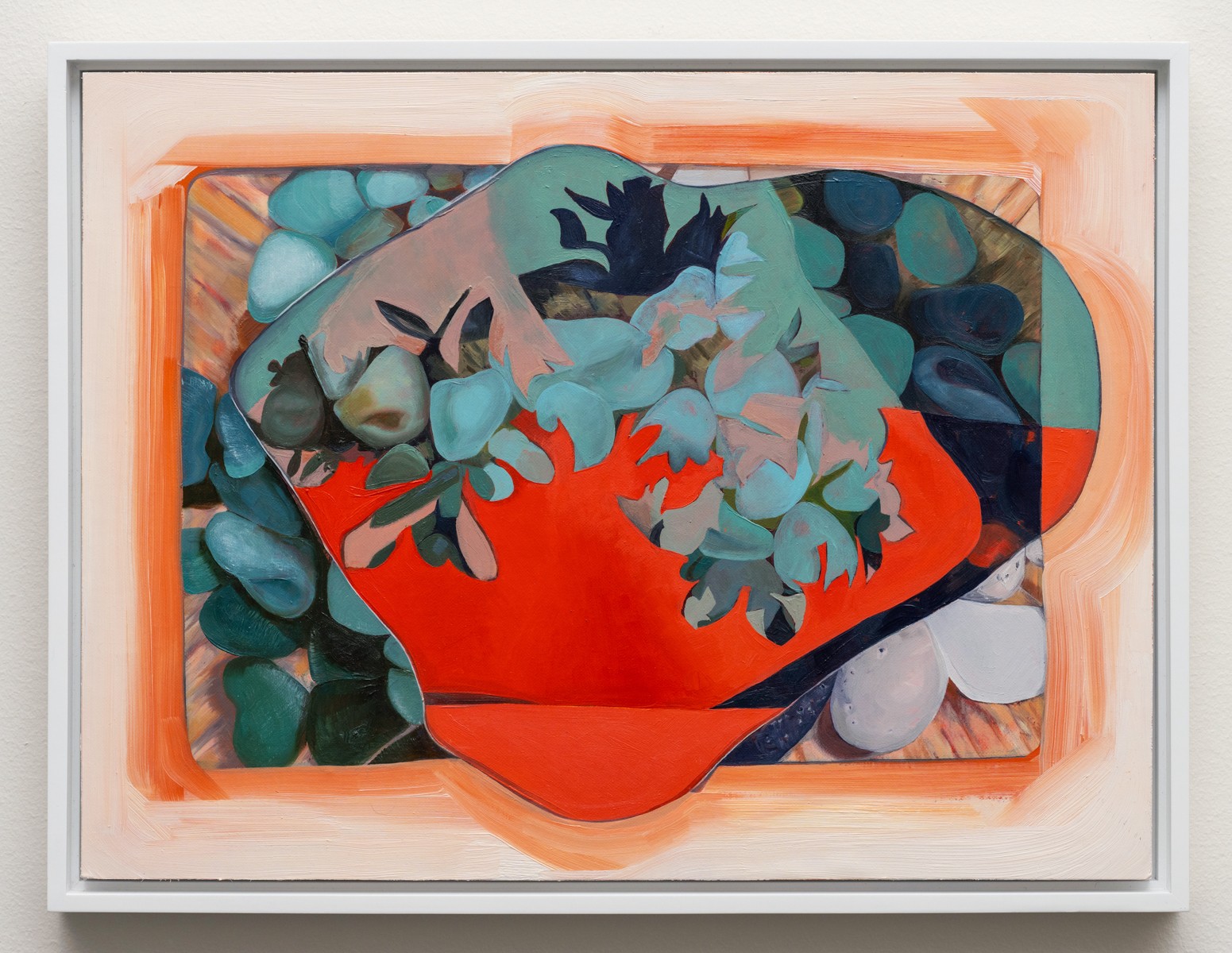
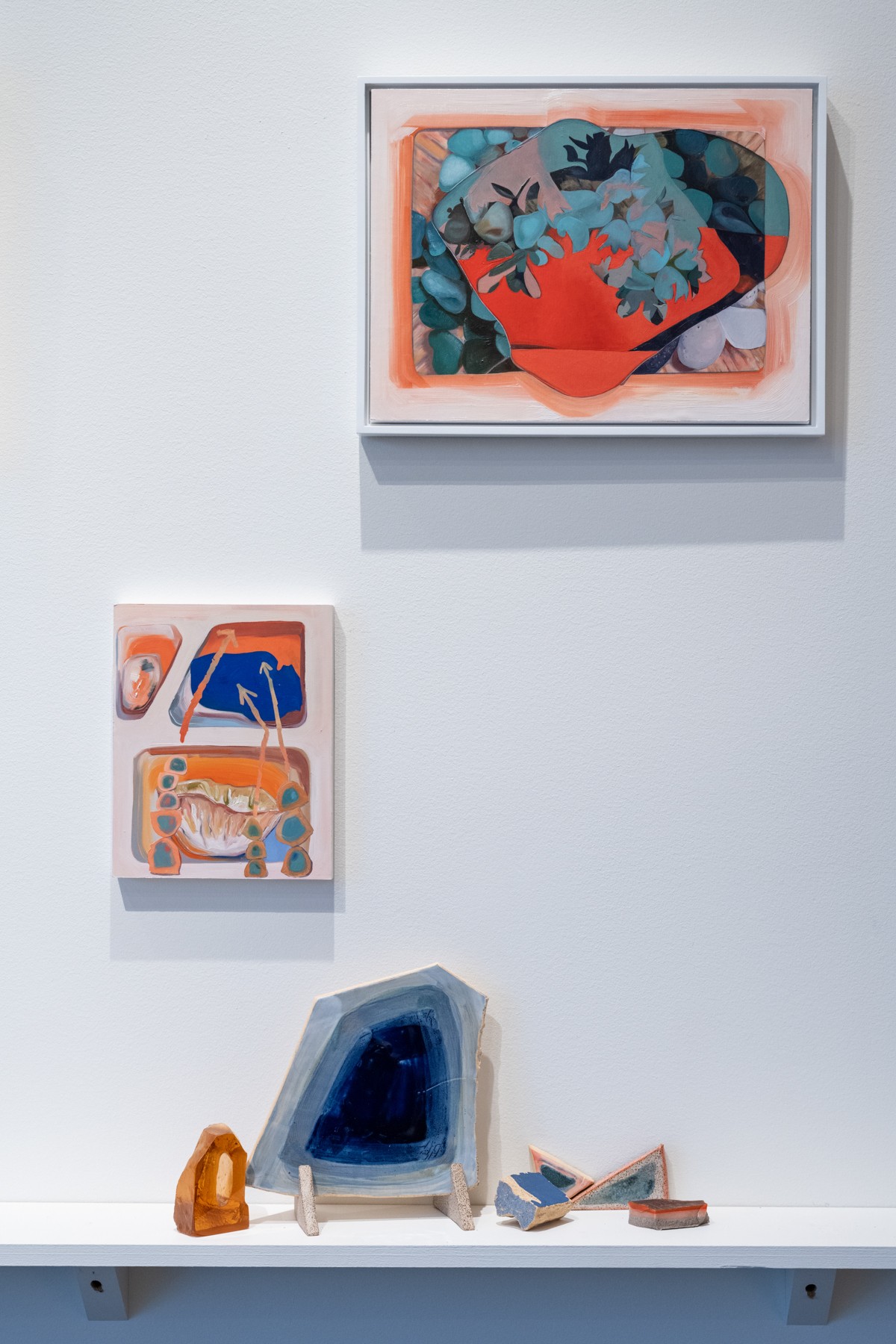
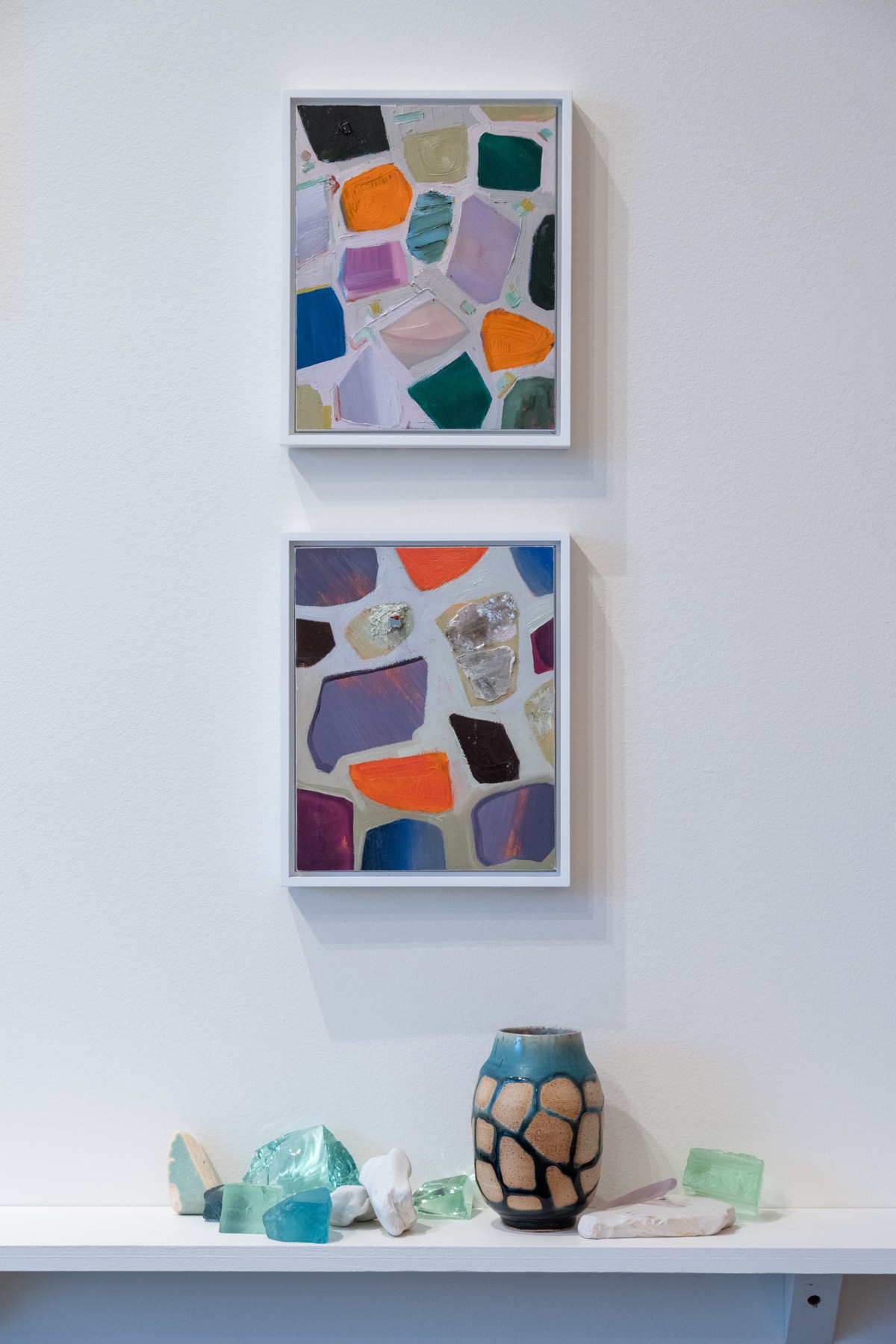
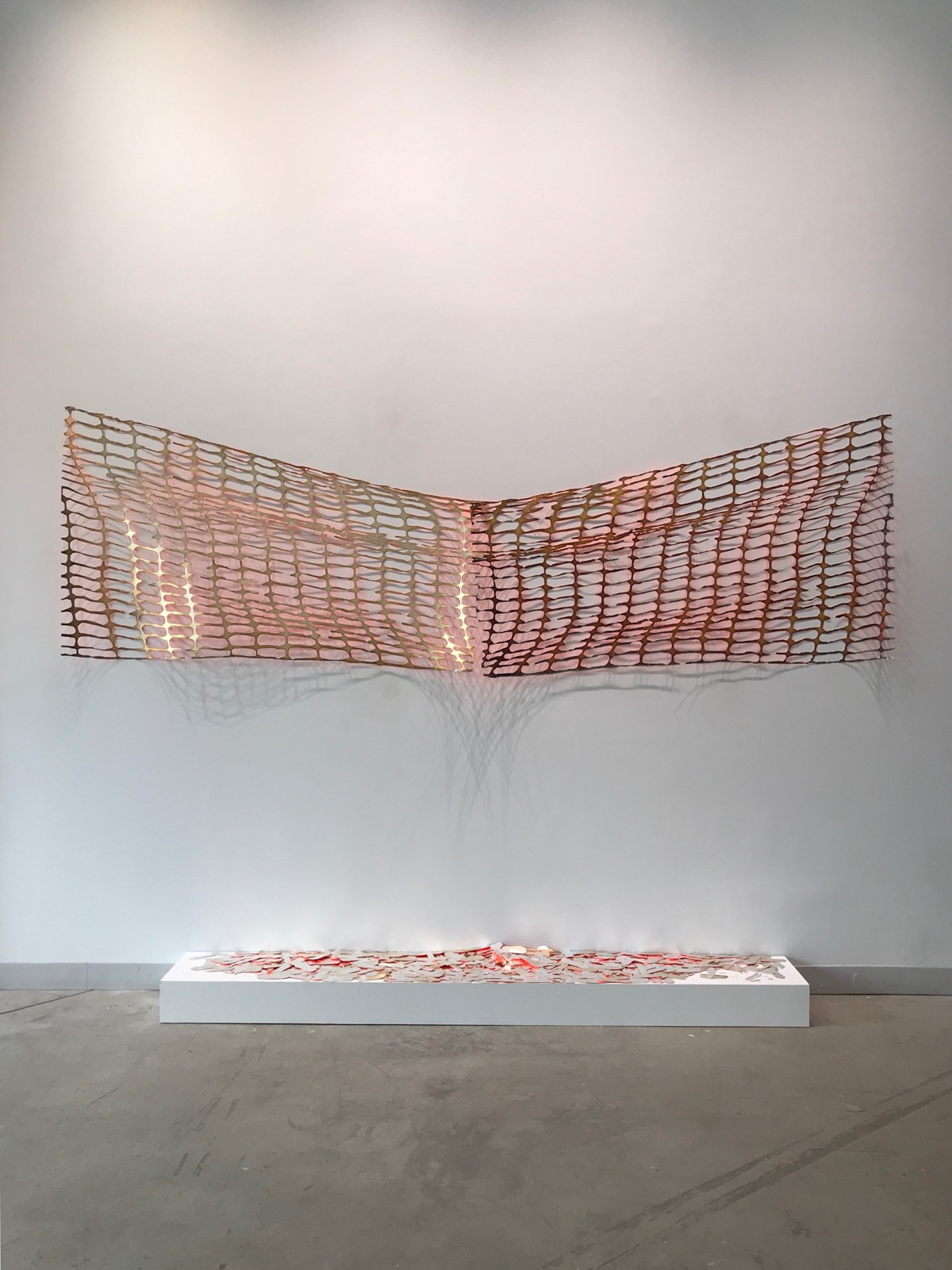
Image Credits
Abby Rosenbaum
Austin Thomason

